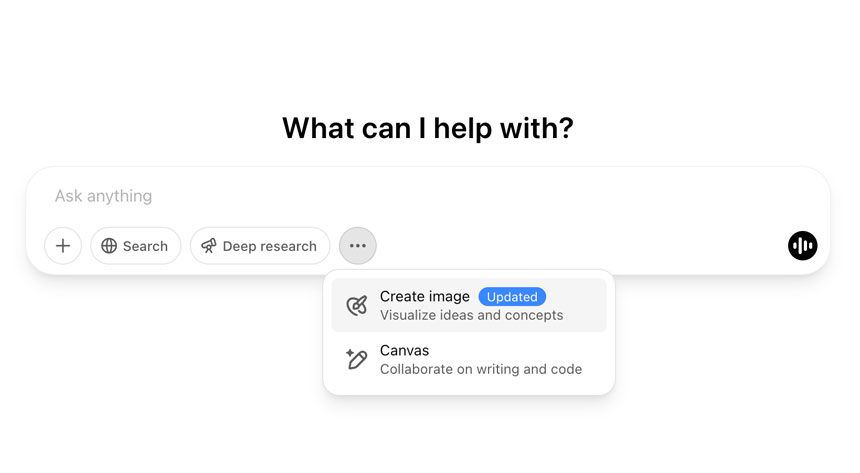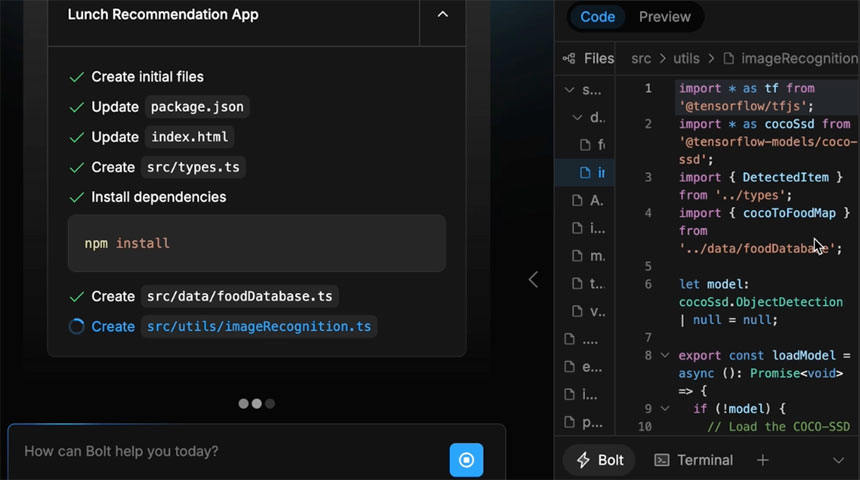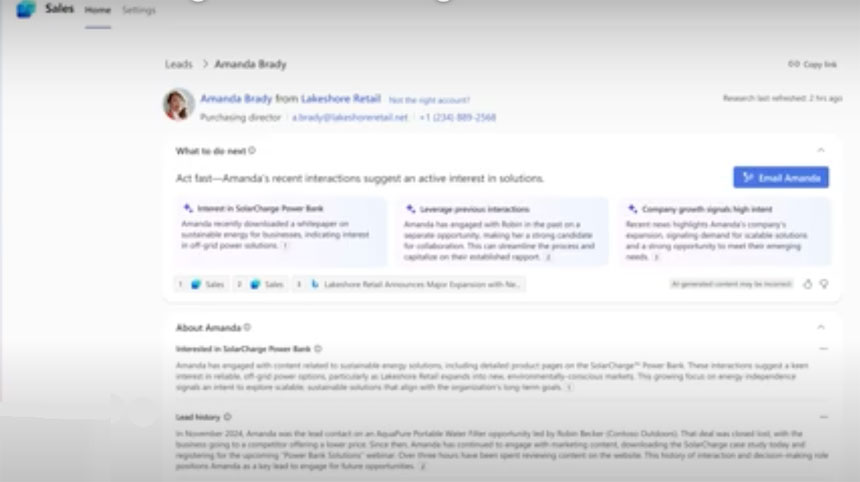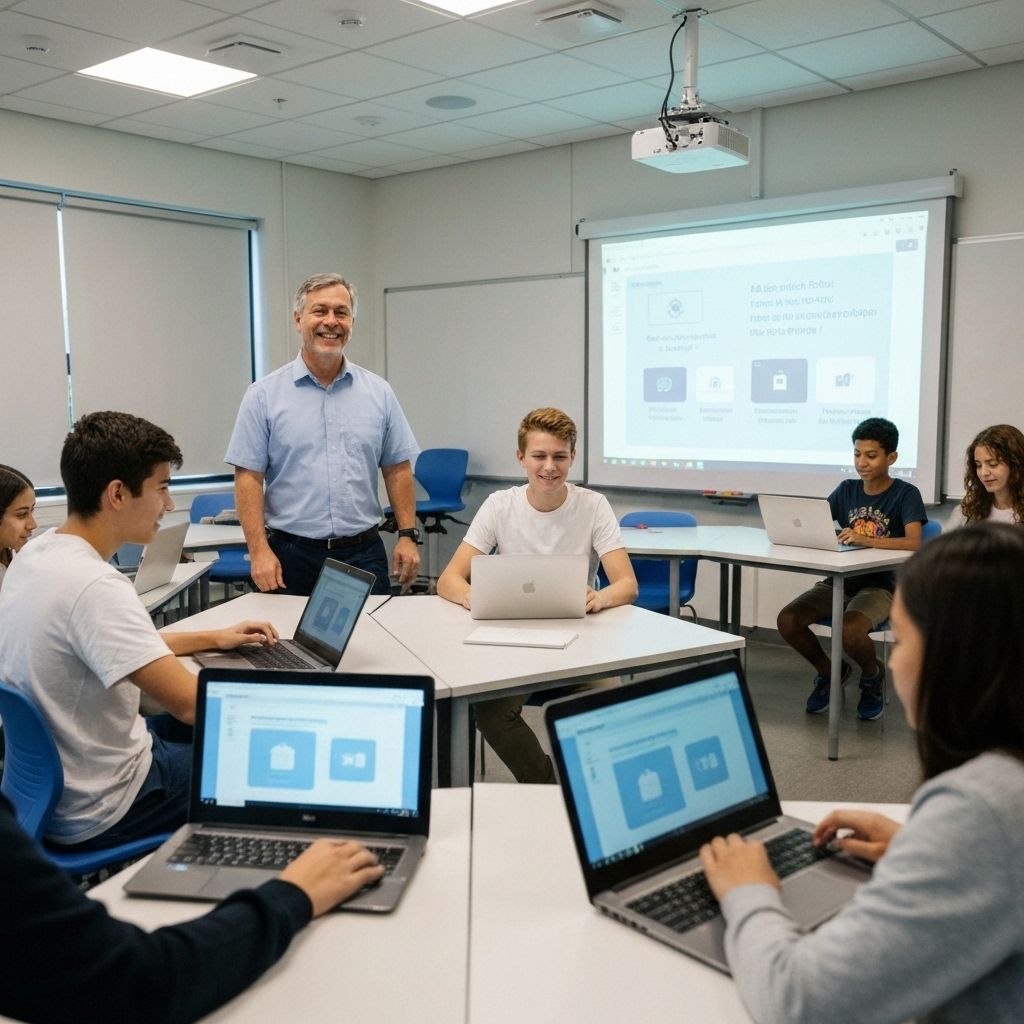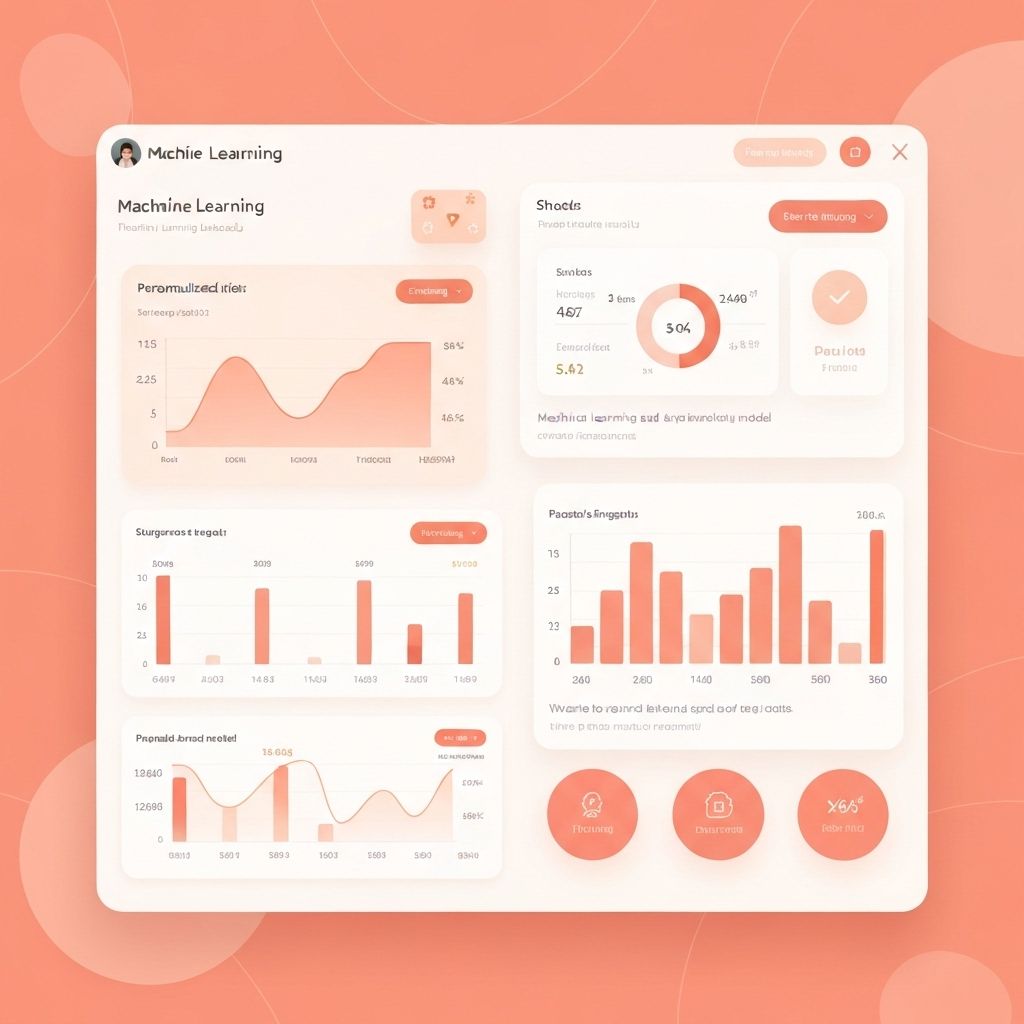The New Trend of 'Vibecoding': Non-Programmers Creating Software Tools with AI
Nontechnical hobbyists without code knowledge are starting to build fully functional apps and websites by typing prompts into AI-driven text boxes in a trend called vibecoding.The term vibecoding has been popularized by the AI researcher Andrej Karpathy, as he explained in this post.
There's a new kind of coding I call "vibe coding", where you fully give in to the vibes, embrace exponentials, and forget that the code even exists. It's possible because the LLMs (e.g. Cursor Composer w Sonnet) are getting too good. Also I just talk to Composer with SuperWhisper…
— Andrej Karpathy (@karpathy) February 2, 2025
An expert explained in The New York Times that these aren’t the kinds of tools that a big tech company would build. "There’s no real market for them; their features are limited, and some of them only sort of work."
These creations range from tools that transcribe and summarize long podcasts to searchable web databases or practical organization apps.
"Building software this way produces a feeling of AI vertigo, similar to what I felt after using ChatGPT for the first time," wrote technologist reporter Kevin Roose.
document.createElement('video');
https://iblnews.org/wp-content/uploads/2025/03/134734_1_27roose-video-2_wg_1080p.mp4
In the last year, new tools, such as Cursor, Replit, Bolt, and Lovable, have been built to use more powerful AI models, enabling neophytes to program like pros, as shown in the video above.
After the user’s prompt, the tool creates a design, decides on the best software packages and programming languages, and builds a working prototype.
Users can suggest tweaks and revisions and then deploy their new product to the web or run it on their computers. Depending on the project's complexity, the process takes a few minutes or several hours.
Most of the products allow limited free use, with paid tiers that unlock better features and the ability to build more things.
Not all vibecoding experiments have been successful, and occasionally, AI makes mistakes.
For now, these tools are for hobby projects or even junior programmers, but not essential tasks.
the 14 most valuable skills in startups today:
it's crazy that university doesn't teach this:
1. attention arbitrage – spot which platforms are undercharging for reach and get the right creative in front of them
2. thumb-stopping content – understand how to make people stop…
— GREG ISENBERG (@gregisenberg) February 18, 2025


